Art forms from various cultures around the world often go unnoticed or are underappreciated, despite their rich histories and intricate craftsmanship. These unique creations not only reflect the cultural heritage of their makers but also tell stories that have been passed down through generations. From the vibrant textiles of Guatemala to the delicate filigree jewelry of Sardinia, each of these art forms carries a deep significance that is often overlooked. In this article, we explore 20 underappreciated art forms from different cultures, highlighting their beauty, cultural importance, and the skilled artisans who keep these traditions alive.
Kantha Quilts (India)
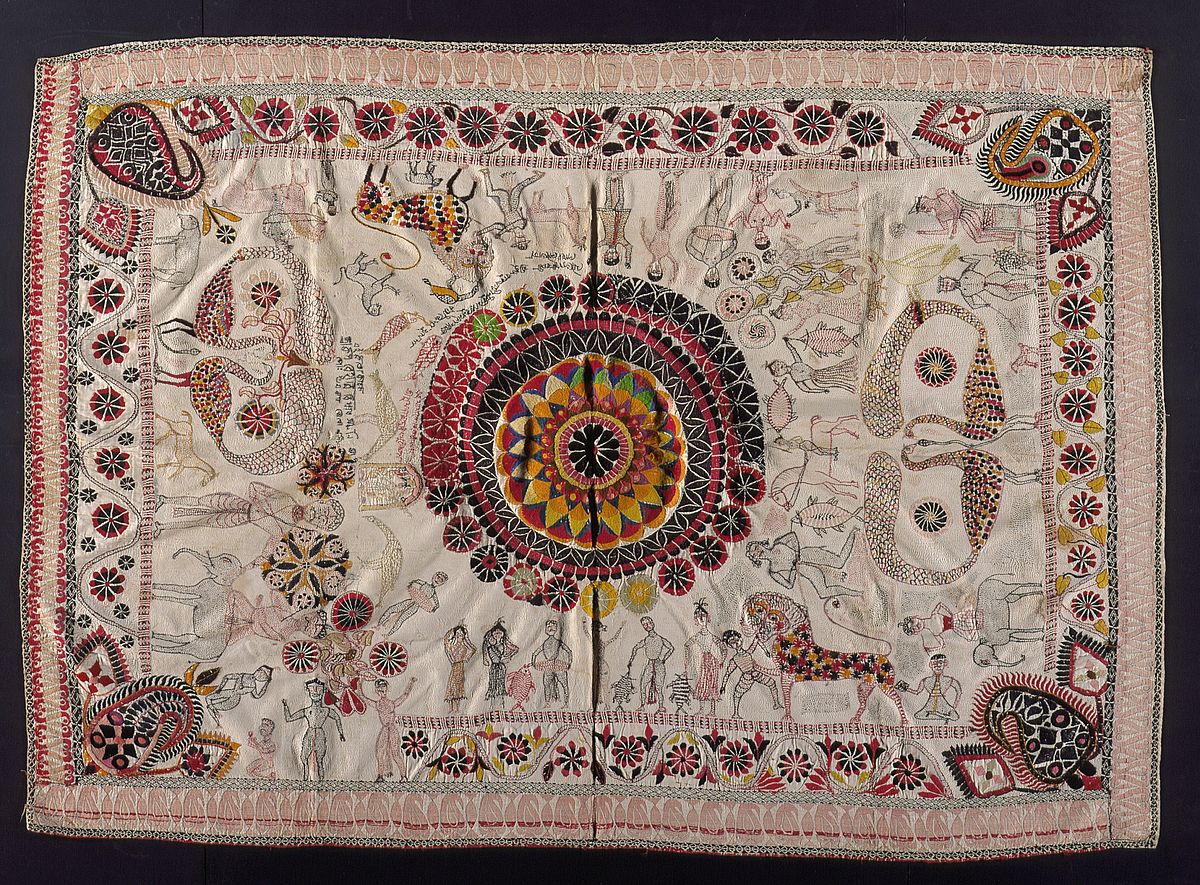
Kantha quilts, a traditional art form from Bengal, India, are made by stitching together layers of old saris and other fabrics. These quilts feature intricate embroidery, often depicting folk stories and daily life scenes. The process is time-consuming, requiring skill and patience, which makes each piece unique. Prices for authentic Kantha quilts range from $50 to $500, depending on the complexity of the design and the age of the fabrics used. Collectors value them not only for their beauty but also for the stories they carry within their stitches.
Totonicapán Textiles (Guatemala)

Hailing from the Totonicapán region of Guatemala, these textiles are handwoven using traditional backstrap looms. The vibrant patterns and colors represent Mayan cultural symbols and are passed down through generations. Despite the artistry involved, these textiles are often undervalued outside of their local context. Typically, a handwoven piece can cost between $30 and $150, depending on the size and intricacy of the design. These textiles are cherished by those who understand the cultural heritage they represent.
Ojime Beads (Japan)
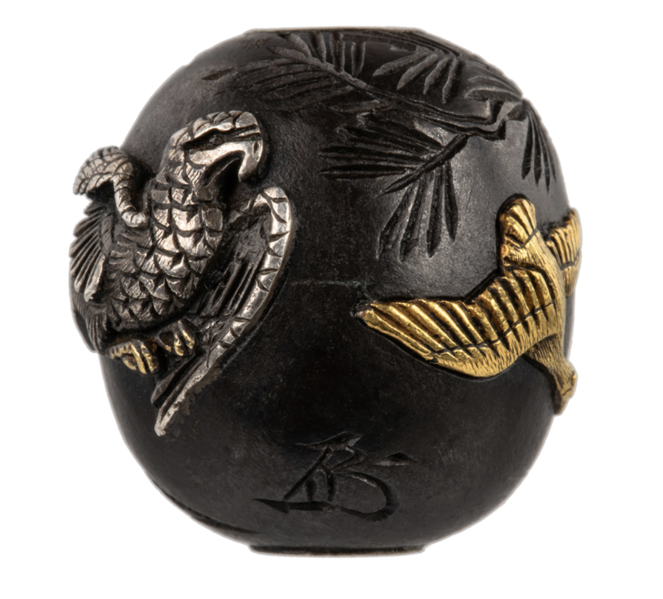
Ojime beads, small intricately carved beads used in traditional Japanese inro sets, are often overlooked as mere decorative items. Each bead is meticulously carved from materials like wood, ivory, or jade, often depicting animals, flowers, or mythical creatures. Their tiny size belies the incredible detail and craftsmanship involved in their creation. Prices for Ojime beads can range from $100 to $1,000, depending on the material and the artist’s skill. Collectors prize them as miniature masterpieces of Japanese art.
Mola Textiles (Panama)
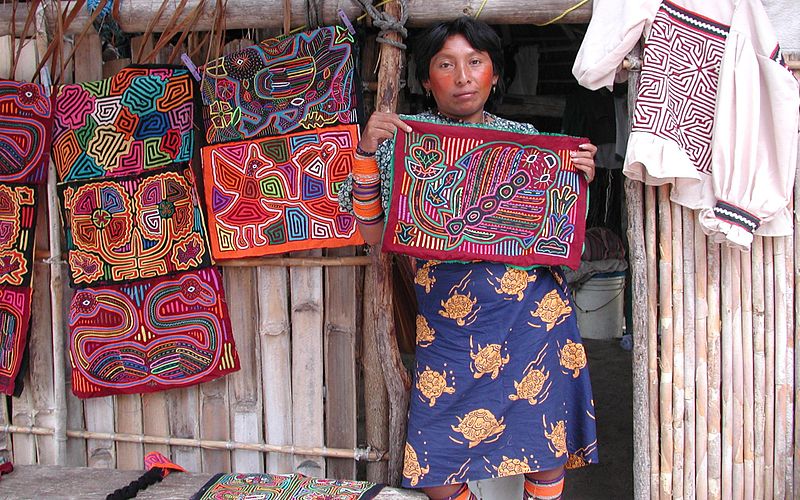
The Guna people of Panama create Mola textiles, a layered fabric art form that features vibrant, reverse-appliqué designs. The intricate patterns, often inspired by nature and spiritual beliefs, are carefully hand-stitched by women artisans. While they are a significant part of Guna culture, Mola textiles are often sold as souvenirs, undervalued by those unaware of their cultural importance. Depending on the complexity, a Mola can cost between $20 and $200. These pieces serve as both wearable art and cultural expression.
Marquetry (Middle East)
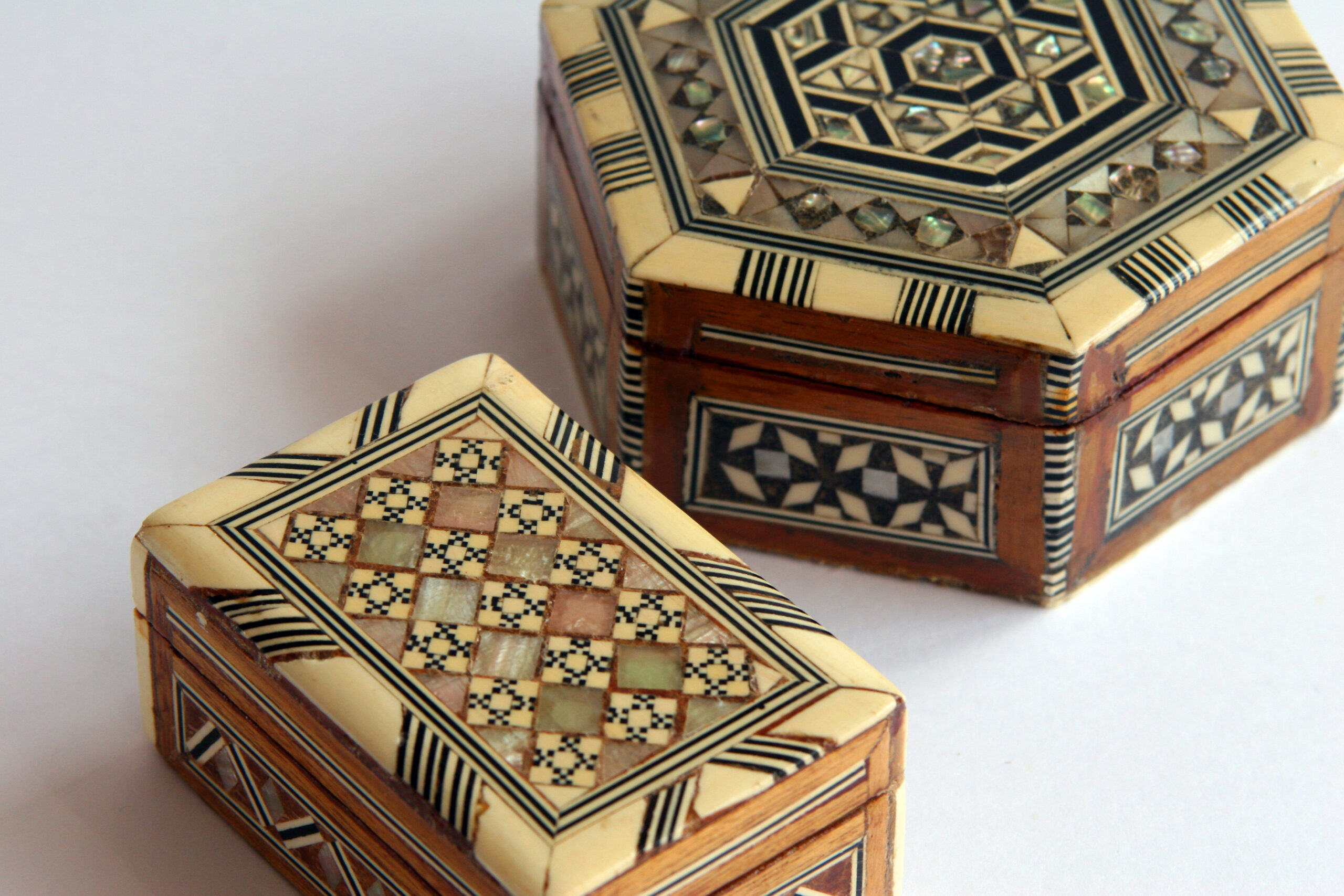
Marquetry, the art of inlaying wood, metal, and other materials into intricate patterns, is a craft practiced across the Middle East. The delicate work often adorns furniture, jewelry boxes, and wall panels, showcasing geometric and floral designs. Despite the precision required, marquetry remains underappreciated outside of the region. Prices vary widely, with smaller items like boxes starting at $50 and larger pieces costing up to $2,000. Marquetry pieces are a testament to the skill and patience of the artisans who create them.
Pysanky (Ukraine)
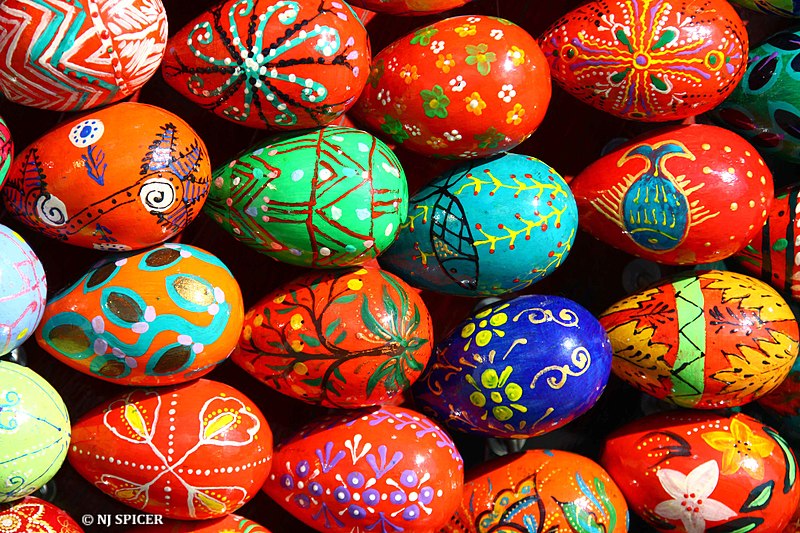
Pysanky, the traditional Ukrainian art of decorating eggs with intricate designs, is a centuries-old practice steeped in symbolism. Each egg is hand-painted using a wax-resist method, resulting in vibrant, detailed patterns that often represent wishes for prosperity and health. Though it is a seasonal art form, practiced primarily around Easter, Pysanky eggs are treasured year-round by collectors. Prices for these delicate works of art range from $20 to $200, depending on the complexity and size. Pysanky eggs are a colorful representation of Ukrainian culture and heritage.
Karakul Felt Rugs (Central Asia)

Karakul felt rugs, handcrafted by nomadic artisans in Central Asia, are known for their durability and intricate patterns. Made from the wool of Karakul sheep, these rugs feature geometric designs that reflect the natural landscapes of the region. Despite their practical uses and artistic value, Karakul rugs are often overshadowed by more mainstream rug types. Prices typically range from $100 to $1,000, based on the size and intricacy of the pattern. These rugs are a blend of functionality and artistic expression, rooted in centuries-old traditions.
Oaxaca Black Pottery (Mexico)
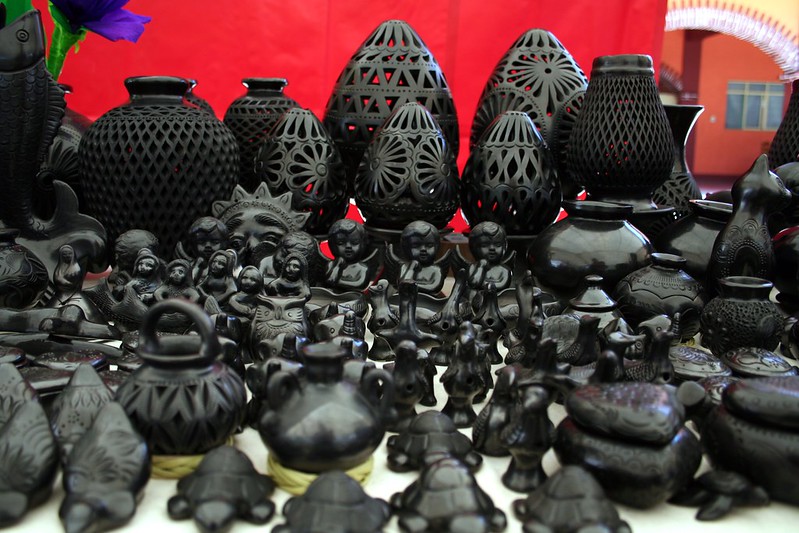
Originating from the Oaxaca region of Mexico, black pottery, or barro negro, is known for its distinctive color and sheen, achieved through a unique firing process. Each piece is hand-molded and burnished before firing, resulting in a smooth, glossy finish that enhances the detailed carvings. Despite its beauty, Oaxaca black pottery is often undervalued compared to other ceramic art forms. Prices range from $20 for smaller pieces to $300 for larger, more intricate works. These ceramics are both functional and decorative, reflecting the rich cultural heritage of Oaxaca.
Suzani Embroidery (Uzbekistan)
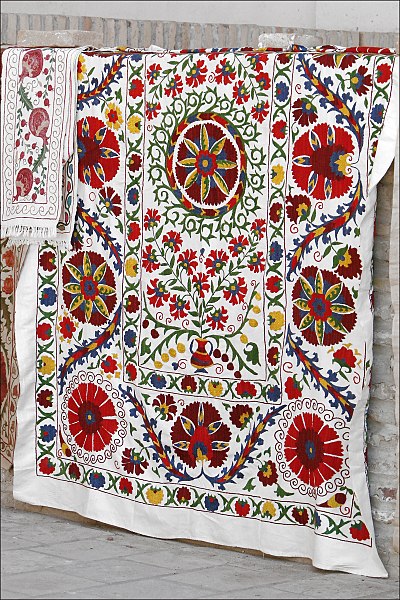
Suzani, meaning “needlework” in Persian, is a type of decorative embroidery from Uzbekistan that features intricate floral and geometric designs. Traditionally, Suzani textiles were created for dowries and used as bedcovers or wall hangings. The labor-intensive process, often involving multiple artisans, results in stunningly detailed pieces. Prices for Suzani textiles vary, with smaller items costing around $100 and larger pieces reaching up to $1,500. Suzani embroidery is celebrated for its vibrant colors and intricate patterns, yet it remains underappreciated outside of Central Asia.
Batik (Indonesia)
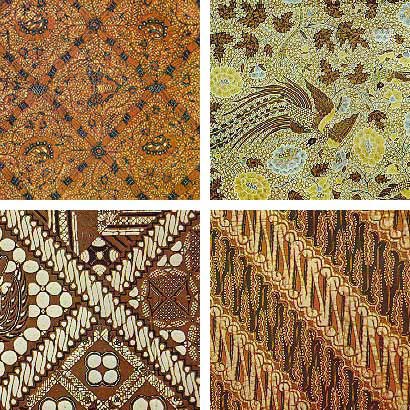
Batik, a traditional Indonesian art form, involves dyeing fabric using a wax-resist technique to create intricate patterns. Each piece is unique, with designs that often reflect local flora, fauna, and cultural symbols. Despite being recognized as a UNESCO Intangible Cultural Heritage, Batik remains underappreciated globally, particularly in terms of its complexity and cultural significance. Prices for authentic Batik can range from $50 to $300, depending on the quality of the fabric and the detail of the design. Batik is both wearable art and a symbol of Indonesian identity.
Tibetan Thangka Paintings (Tibet)

Thangka paintings, traditional Tibetan scroll paintings, are spiritual art forms used in religious ceremonies and meditation. These intricate works depict deities, mandalas, and scenes from Buddhist mythology, requiring years of training for artists to master the techniques. Despite their religious significance, Thangka paintings are often overlooked in the broader art market. Prices for authentic Thangkas range from $100 to $5,000, depending on the size and detail. Collectors value them not only for their artistic merit but also for their spiritual significance.
Tapa Cloth (Polynesia)
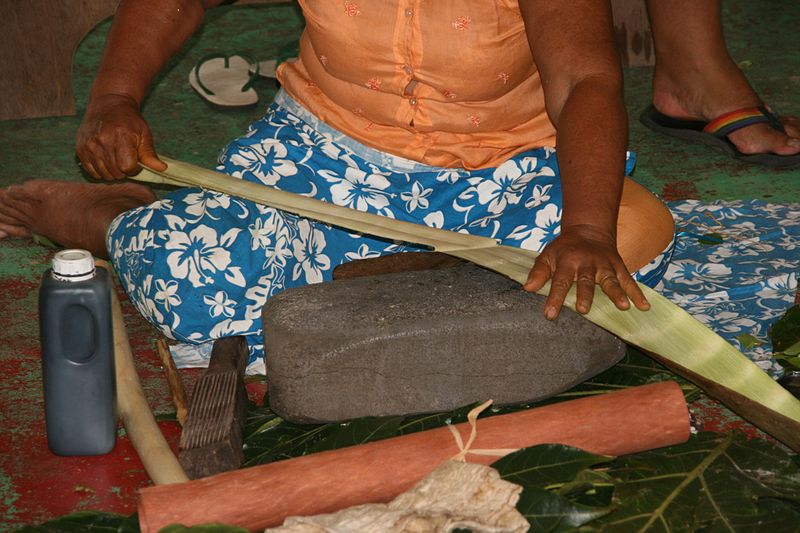
Tapa cloth, made from the inner bark of trees, is a traditional art form in Polynesia, particularly in Tonga and Samoa. The cloth is hand-painted with intricate designs using natural dyes, often depicting cultural symbols and stories. Despite its cultural importance, Tapa cloth is often underappreciated outside of Polynesian communities. Prices vary, with smaller pieces costing around $50 and larger, more elaborate works reaching up to $1,000. Tapa cloth is both a functional textile and a cultural artifact, preserving the traditions of the Polynesian people.
Kashmiri Papier-Mâché (India)
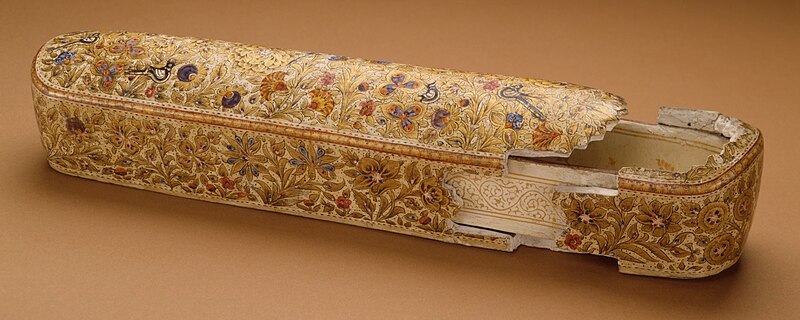
Kashmiri papier-mâché, a craft that dates back to the 15th century, involves molding paper pulp into decorative items like boxes, trays, and ornaments. The pieces are then hand-painted with intricate floral and geometric designs, often in vibrant colors. Despite the skill required, Kashmiri papier-mâché is often overshadowed by other Indian art forms. Prices for these delicate works range from $20 to $200, depending on the size and detail. Each piece is a blend of artistry and functionality, reflecting the rich cultural heritage of Kashmir.
Inuit Soapstone Carvings (Canada)
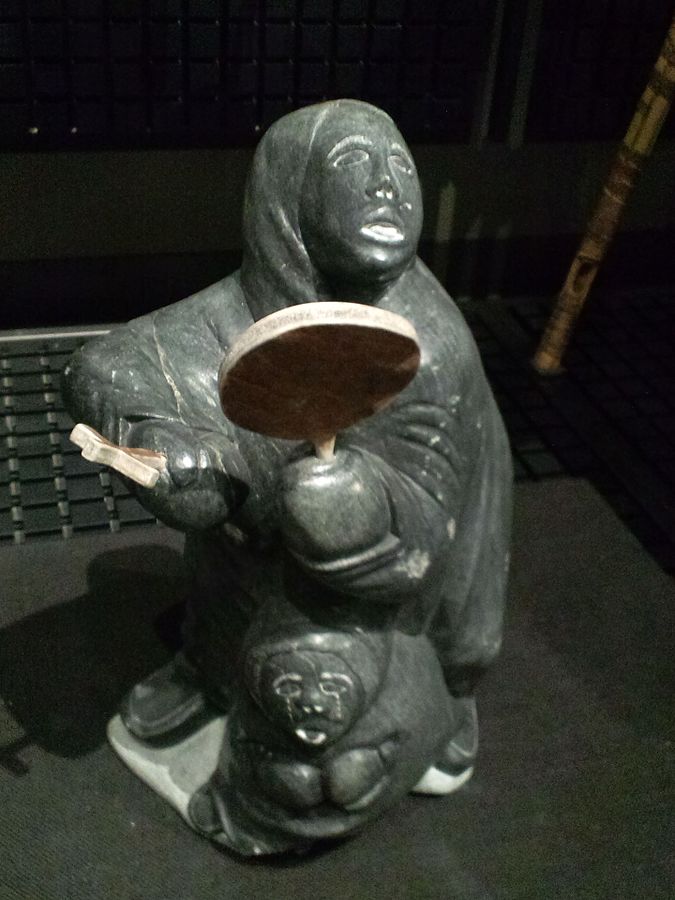
Inuit soapstone carvings, traditional sculptures created by the Indigenous peoples of the Arctic, depict animals, spirits, and scenes from everyday life. The carvings are made from soapstone, a soft rock that allows for detailed work, and are often polished to a smooth finish. Despite their cultural significance, these carvings are frequently undervalued outside of Indigenous communities. Prices range from $100 to $2,000, depending on the size and complexity of the piece. Inuit soapstone carvings are both artistic expressions and cultural narratives, telling the stories of the Arctic.
Amish Quilts (USA)
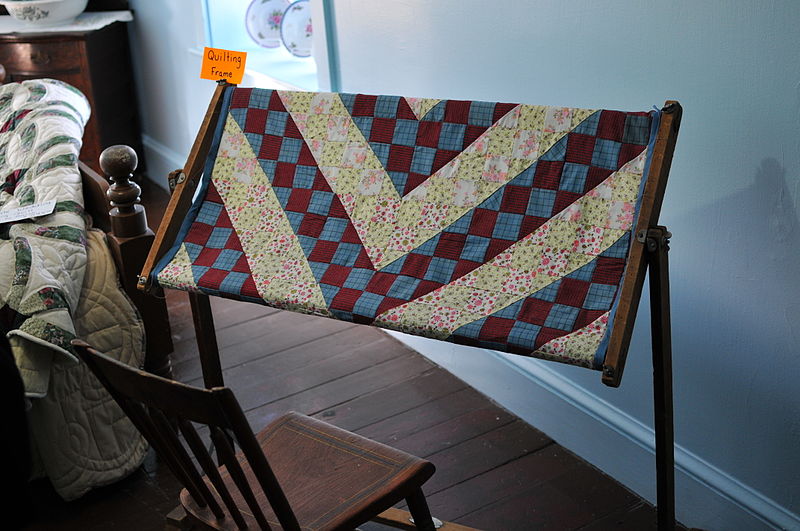
Amish quilts, known for their simplicity and precision, are handmade by the Amish communities in the United States. The quilts feature geometric patterns and are often made from solid-colored fabrics, reflecting the Amish values of humility and practicality. Although they are highly prized within their communities, Amish quilts are sometimes overlooked in the broader quilting world. Prices for authentic Amish quilts range from $500 to $2,000, depending on the size and pattern. These quilts are both functional items and works of art, embodying the craftsmanship and values of the Amish people.
Tibetan Singing Bowls (Tibet)
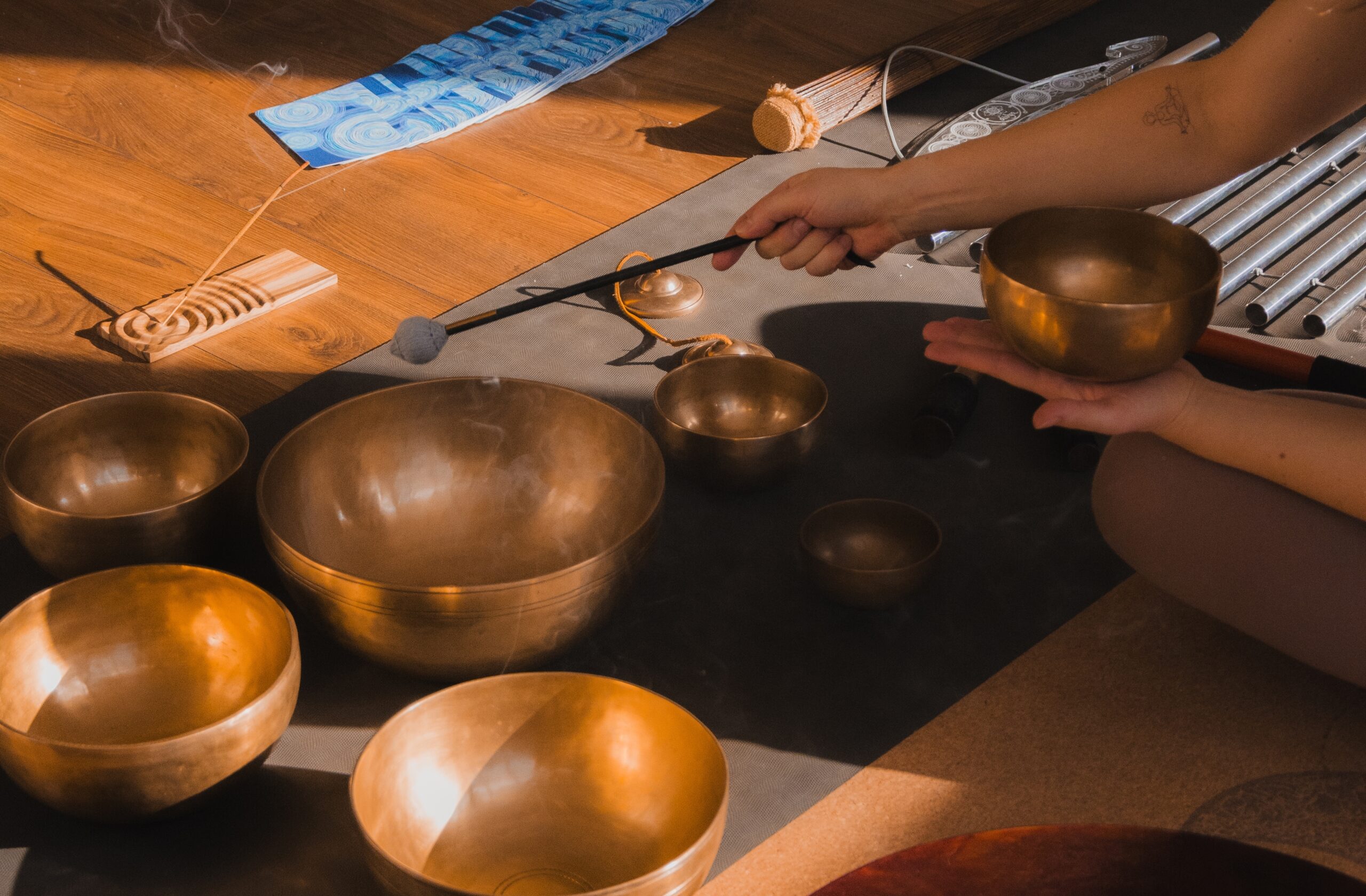
Tibetan singing bowls, used in meditation and healing practices, are crafted from a blend of metals and are known for their resonant, soothing tones. Each bowl is handmade, with designs often inscribed on the surface, and the process involves a mix of ancient techniques and spiritual practices. Despite their growing popularity, singing bowls are often underappreciated as an art form. Prices vary widely, with smaller bowls starting at $50 and larger, more elaborate ones costing up to $1,000. Tibetan singing bowls are cherished for their sound and spiritual significance.
Madhubani Paintings (India)
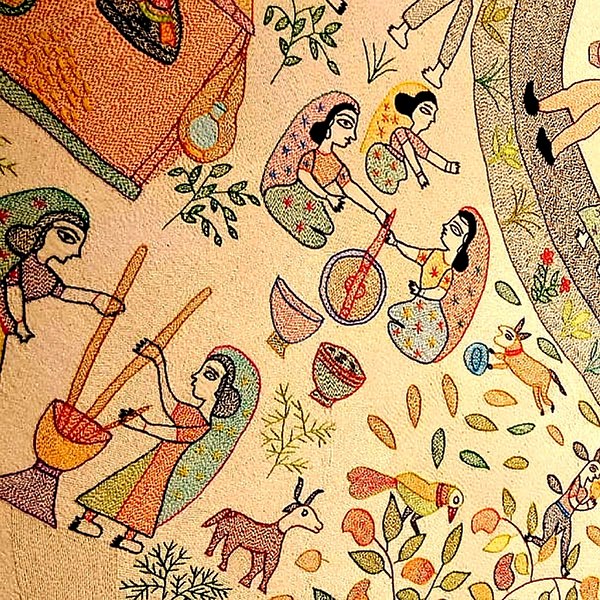
Madhubani paintings, originating from the Mithila region of India, are created using natural dyes and pigments on handmade paper or cloth. The paintings depict mythological themes, nature, and scenes from everyday life, with intricate line work and vibrant colors. Despite their rich cultural history, Madhubani paintings are often undervalued outside of India. Prices for authentic pieces can range from $30 to $500, depending on the size and detail. These paintings are not only visually striking but also a testament to the artistic heritage of Mithila.
Zulu Beadwork (South Africa)

Zulu beadwork, a traditional art form of the Zulu people in South Africa, involves creating intricate patterns using small glass beads. Each design carries specific meanings, often related to the wearer’s social status, marital status, or personal identity. Despite its cultural significance, Zulu beadwork is often seen as mere decoration by those unfamiliar with its deeper meanings. Prices for Zulu beadwork can range from $10 for smaller items to $200 for larger, more intricate pieces. These beaded creations are a vibrant expression of Zulu culture and identity.
Wounaan Basketry (Colombia)
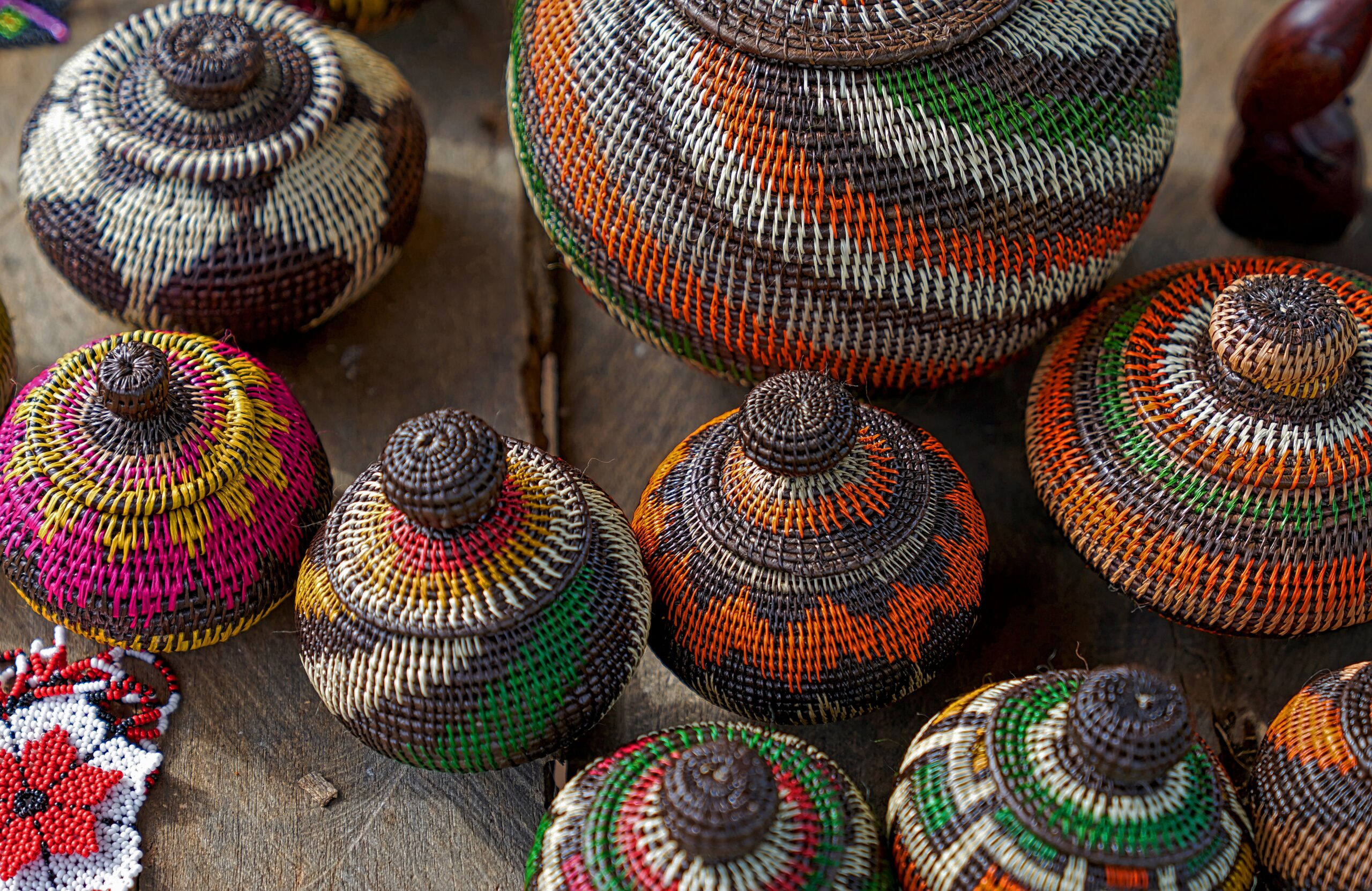
The Wounaan people of Colombia are known for their finely woven baskets, crafted from natural fibers and dyed with plant-based colors. The baskets feature intricate designs that reflect the Wounaan’s connection to nature and their ancestral traditions. Despite the craftsmanship involved, Wounaan basketry is often undervalued in the global market. Prices range from $50 to $500, depending on the size and detail of the work. These baskets are not just functional items but also a reflection of the Wounaan’s cultural identity.
Sardinian Filigree Jewelry (Italy)
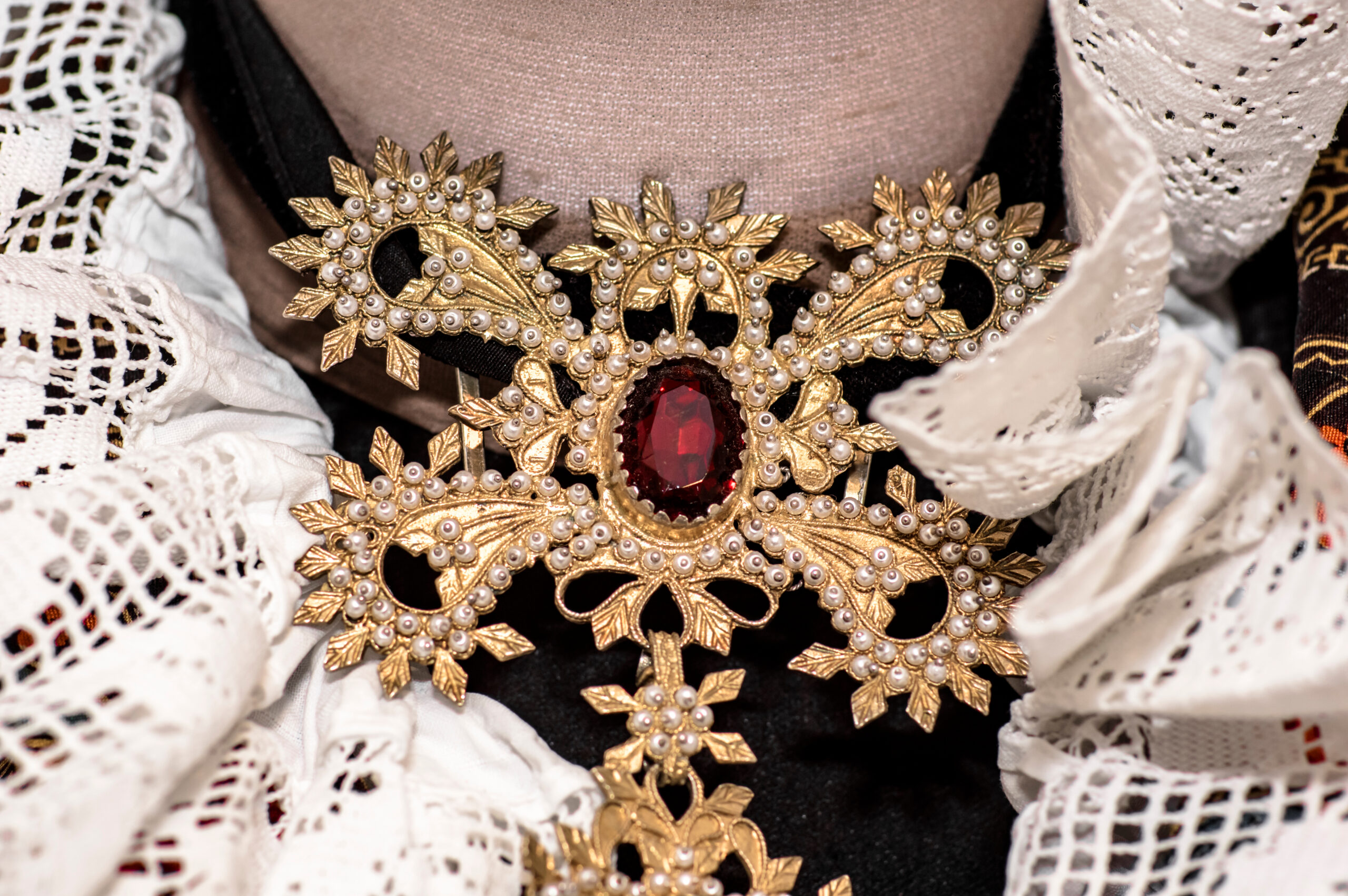
Sardinian filigree jewelry, a delicate art form from the island of Sardinia, Italy, involves twisting and curling fine threads of gold or silver into intricate designs. The jewelry often features traditional patterns, passed down through generations, reflecting Sardinian cultural heritage. Despite its beauty, Sardinian filigree is often overshadowed by more mainstream jewelry styles. Prices for these exquisite pieces range from $100 to $2,000, depending on the complexity and material. Sardinian filigree jewelry is a blend of artistry and tradition, cherished by those who appreciate its unique craftsmanship.
This article originally appeared on Rarest.org.
More From Rarest.Org
Ferrari, a brand synonymous with speed, luxury, and engineering excellence, has produced some of the most iconic and sought-after cars in automotive history. Over the years, these masterpieces have not only captured the hearts of enthusiasts but have also set astounding records at auctions around the world. Read more.
The Arctic is a unique and fascinating region, home to an incredible array of wildlife adapted to its extreme conditions. From the icy waters to the frozen tundra, the Arctic hosts a variety of species that have evolved remarkable traits to survive and thrive in one of the harshest environments on Earth. Read more.
Exploring ancient ruins offers a unique window into the past, allowing us to marvel at the ingenuity, culture, and history of ancient civilizations. From the mysterious moai statues of Easter Island to the iconic pyramids of Egypt, these ruins tell stories of human achievement and resilience. Read more.



